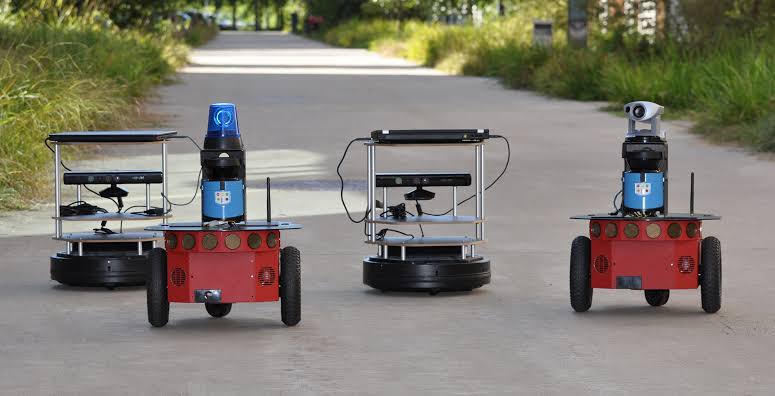
The demand for increasing the number of tiny mobile robots in various workplaces needs to be tracked to analyze the impact of these artificial self-controlled or remote-controlled robots with AI computing system. Experts prioritize the life care, security and safeguards of workers as well. Quality and quantity must co-exist when robotic elements are manufactured for sale. Newly launched surveying robot, pitch markers and road marking autonomous robotic tools maintain 90-95 percent accuracy in executing orders to implement various tasks.
AI Technology Must Enhance Accuracy
Earlier, due to the mistakes of employees, machines increased risks. Accidents and physical injuries took place owing to the technical issues, sudden breakdown in the machine and lack of technical accuracy. When robots are manufactured, the experts must keep the quality to steer clear of possibility of accident. Autonomous robots have more powerful AI brains to filter out junk elements to pull up authentic information. These machines are capable of doing comparison, evaluation and data screening for perfection in project implementation. Naturally, workers are safe as these autonomous robots are not monsters to do the wrong deeds randomly.
Third Law of Asimov’s Robotics Is Accuracy
Isaac Asimov in his book Runaround published way back 1942 brought three laws of robotic equipment. One of the laws is occupational safeguard issue. A miniature robot can’t have permission to destruct valuable life of a worker due to irresponsible decision. Therefore, robot designers have to borrow AI technology to upgrade the database of the robot. Artificial intelligence technology obviously perfects the activities of the light-weight mobile robots which have advanced sensors to guess. In this connection, robots manufacturers like to choose real-time kinematic and probabilistic filters to increase the scope of accuracy.
More Workouts Needed to Upgrade Robots for Life Security
In factories, usually two types of technical dysfunctions which workers face due to poor performance of robots. Engineering disorder and natural human error enhance the possibility of accident to damage the body of a worker at the workplace. The technical experts may have neglected configuration of the robots.
Therefore, the robots have obstructive power supply, short-circuit issue, technical glitz in data transfer and improper setting. Often, the microprocessor is affected by virus. Programming language is corrupted and damaged owing to spam or malware. The robots have the least control to prevent the danger. The arms of the robots stop working suddenly. The speed of the mobile robots is either high or low unexpectedly to hamper the movement.
So, workers who are close to the robots may be wounded due to abrupt mishap. Motion control sensors must be installed in the robots to adjust the speed. Secondly, humans can do mistakes. It is inadvertent error. Especially, employees are lazy or careless to operate the robots through their laptops. They make input of wrong data which misguide the robots. So, experienced programmers are needed to upgrade and reset the database of the robots. Certainly, the AI and cloud based memory of the robot must inhibit the chance of human error because of the least requirement of manual interference. These robots are able to read commands, evaluate and take faster decision based on availability of uploaded data. The data curating process is meticulous and qualitative.
Though there will be massive experiment to make robots equal to claim the rights to work with humans, right now, only priority is put on the acceleration of the capability of the innovated robots to give hassle free 0% risk service to workers. Companies must not suffer due to the accident prone robotic systems. It should negotiate with employees to do its job without inviting severe risks to decelerate the physical competency of workers. Autonomous robots should be made for protecting property and workers. So, these dynamic machines must be tested, evaluated and analyzed to enhance the improvement of service deployment maintaining 100 percent perfection.










